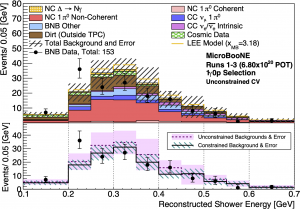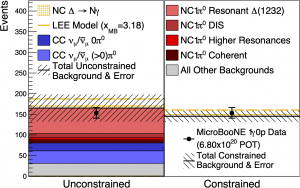We report results from a search for neutrino-induced neutral current (NC) resonant ∆(1232) baryon production followed by ∆ radiative decay, with a ⟨0.8⟩ GeV neutrino beam. Data corresponding to MicroBooNE’s first three years of operations (6.80×1020 protons on target) are used to select single-photon events with one or zero protons and without charged leptons in the final state (1γ1p and 1γ0p, respectively). The background is constrained via an in-situ high-purity measurement of NC π0 events, made possible via dedicated 2γ1p and 2γ0p selections. A total of 16 and 153 events are observed for the 1γ1p and 1γ0p selections, respectively, compared to a constrained background prediction of 20.5 ± 3.65(sys.) and 145.1 ± 13.8(sys.) events. The data lead to a bound on an anomalous enhancement of the normalization of NC ∆ radiative decay of less than 2.3 times the predicted nominal rate for this process at the 90% confidence level (CL). The measurement disfavors a candidate photon interpretation of the MiniBooNE low-energy excess as a factor of 3.18 times the nominal NC ∆ radiative decay rate at the 94.8% CL, in favor of the nominal prediction, and represents a greater than 50-fold improvement over the world’s best limit on single-photon production in NC interactions in the sub-GeV neutrino energy range.
Links
A link to the paper submitted to Phys. Rev. Lett. is available here and is posted on the archive at arXiv:2110.00409 [hep-ex].
Additional Material
A link to the accompanying supplementary materials, including the MicroBooNE public data release for this measurement, is available here.
The public data will also be available on HEPData shortly, please check back soon for the HEPData link!
Figures
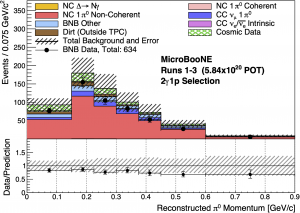
Figure 1a. Data and Monte Carlo comparison of the reconstructed π0 momentum distribution for the 2γ 1p selected events.
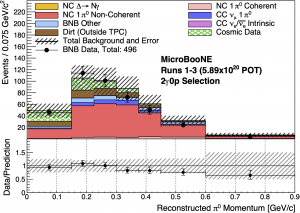
Figure 1b. Data and Monte Carlo comparison of the reconstructed π0 momentum distribution for the 2γ 0p selected events.
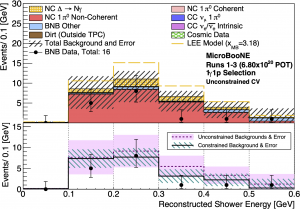
Figure 2a. Energy spectrum for the 1γ1p selected events. The upper section in the figure shows the unconstrained background prediction and breakdown as a function of reconstructed shower energy. The lower section shows the total background prediction with systematic uncertainty both before and after the 2γ constraint.
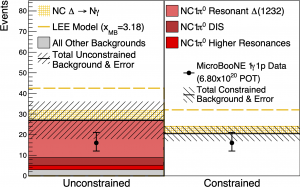
Figure 3a. The observed event rate for the 1γ1p event sample, and comparison to unconstrained (left) and constrained (right) background and LEE model predictions.
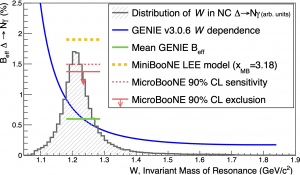
Figure 4. The extracted 90% CL on the effective branching fraction of neutrino-induced NC ∆ → Nγ. The gray shaded histogram shows the distribution of W, the resonance invariant mass, for all simulated NC ∆ → Nγ. At low W, when the ∆ is further off-shell, the dominant decay ∆ → Nπ0 becomes suppressed due to phase space effects around the Nπ0 threshold, leading to an increased effective branching fraction to Nγ. This is modeled in GENIE via the W-dependence as shown by the blue curve.


